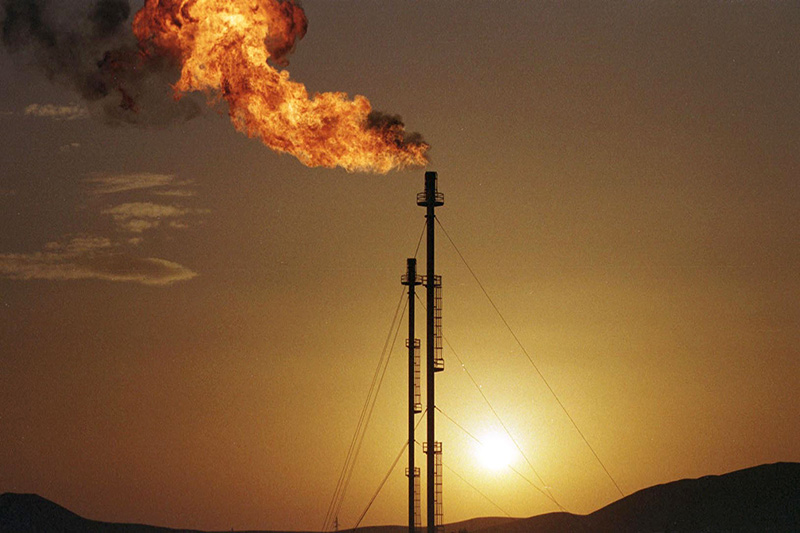Investing.com - U.S. natural gas prices fell to a 14-year low for the third straight session on Wednesday, as updated weather forecasting models pointed to warmer-than-normal temperatures across most parts of the U.S. through Christmas.
The East Coast is projected to see temperatures 15 to 20 degrees above normal this week and warm weather is also expected in the Midwest.
Bearish speculators are betting on the warm pre-winter weather to dampen demand for the heating fuel. The heating season from November through March is the peak demand period for U.S. gas consumption.
Natural gas for delivery in January on the New York Mercantile Exchange fell 1.6 cents, or 0.85%, to trade at $1.806 per million British thermal units during U.S. morning hours. It earlier fell by as much as 2.35% to $1.779, a level not seen since September 2001.
On Tuesday, futures plunged 7.2 cents, or 3.8%. Prices of the fuel are down 43% so far this year as weak demand and healthy stockpiles weighed.
Natural gas prices typically rise ahead of the winter as colder weather sparks heating demand, yet an unusually mild start to winter due to the El Niño weather phenomenon has limited the amount of heating days.
Market participants looked ahead to fresh weekly information on U.S. gas inventories to gauge the strength of demand for the fuel. The U.S. Energy Information Administration's next storage report due on Thursday is expected to show a withdrawal of approximately 58 billion cubic feet for the week ending December 11.
That compares with a drawdown of 76 billion cubic feet in the prior week, 76 billion cubic feet in the same week last year, while the five-year average change for the week is a decline of 79 billion cubic feet.
Total U.S. natural gas storage stood at 3.880 trillion cubic feet as of last week, according to the U.S. Energy Information Administration, 11.7% higher than levels at this time a year ago and 6.1% above the five-year average for this time of year.
Last spring, supplies were 55% below the five-year average, indicating producers have more than made up for all of last winter’s unusually strong demand.
Inventories of the gas are typically built up during the warm summer months and then drawn down in the winter as cold temperatures increase demand for the fuel.
Elsewhere on the Nymex, crude oil for delivery in January shed 63 cents, or 1.69%, to trade at $36.72 a barrel, while heating oil for January delivery dipped 0.19% to trade at $1.144 per gallon.
